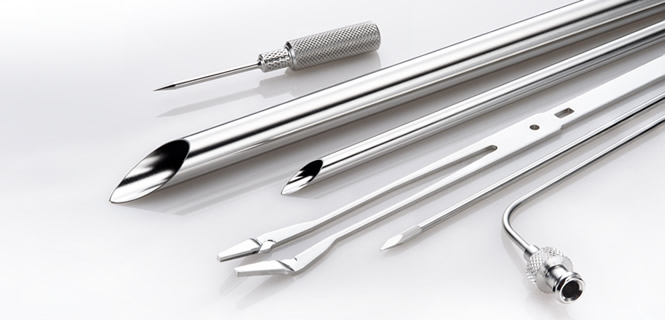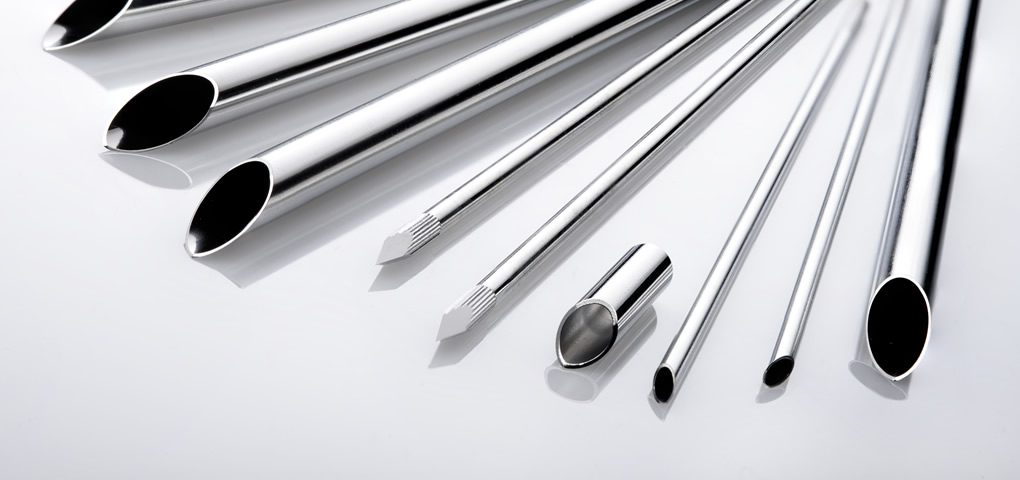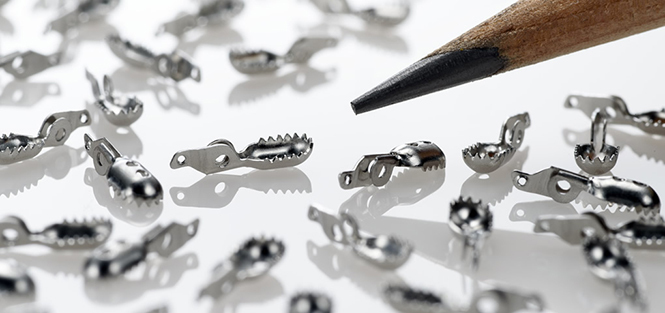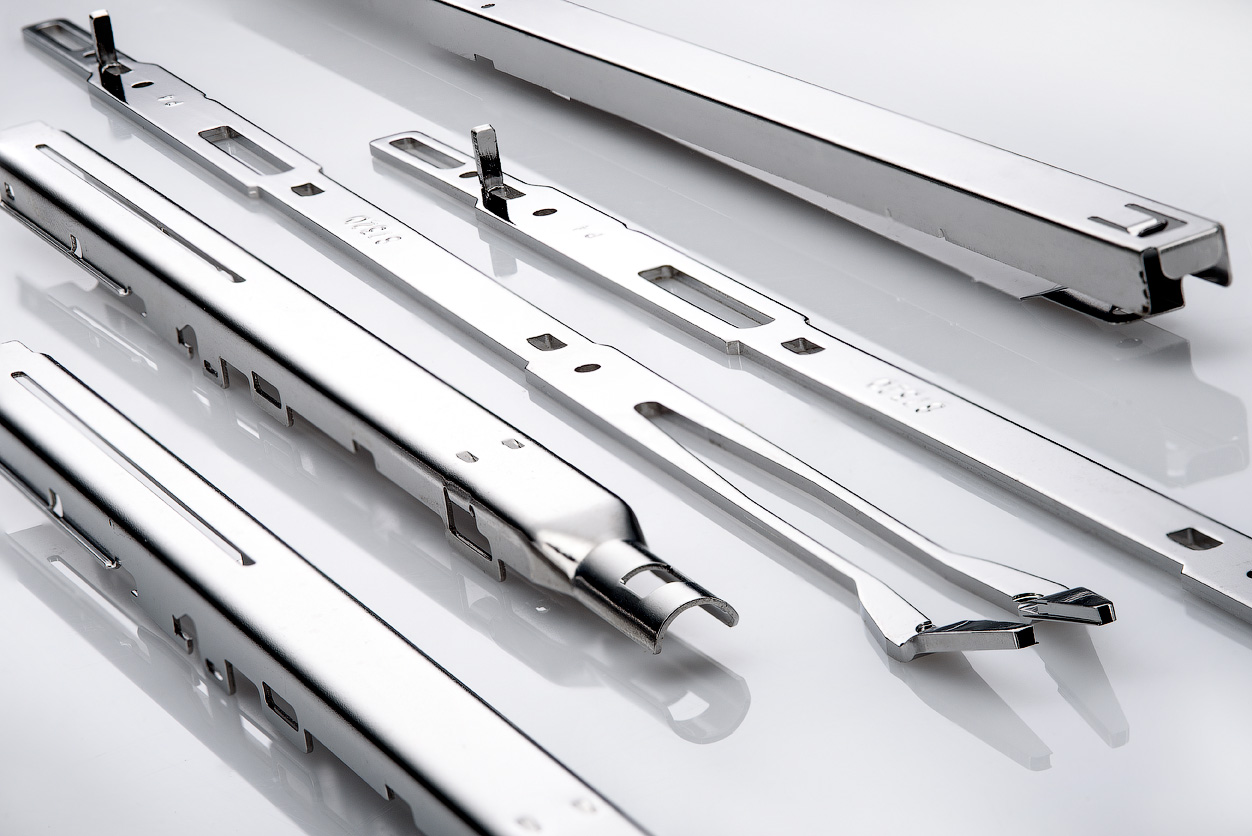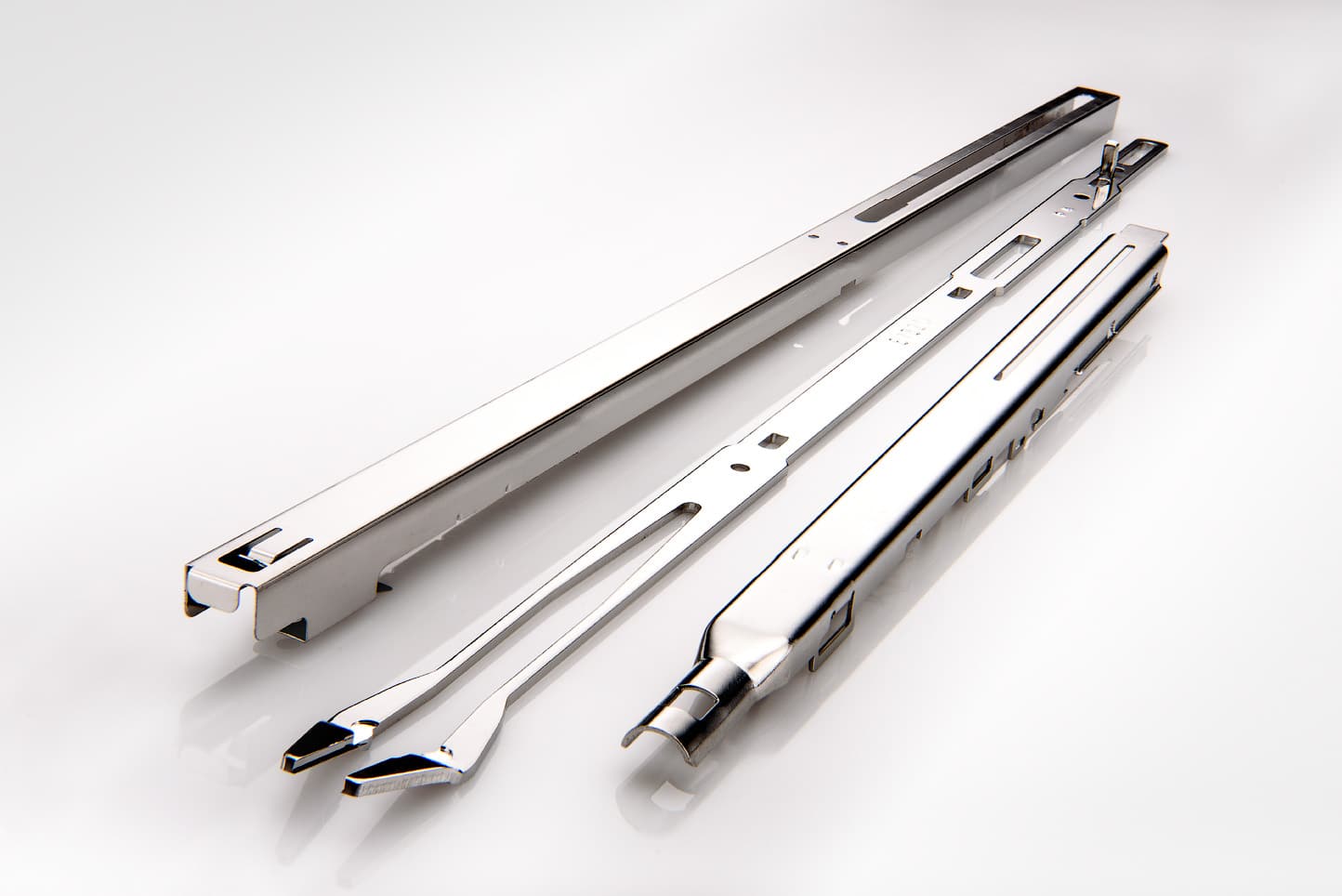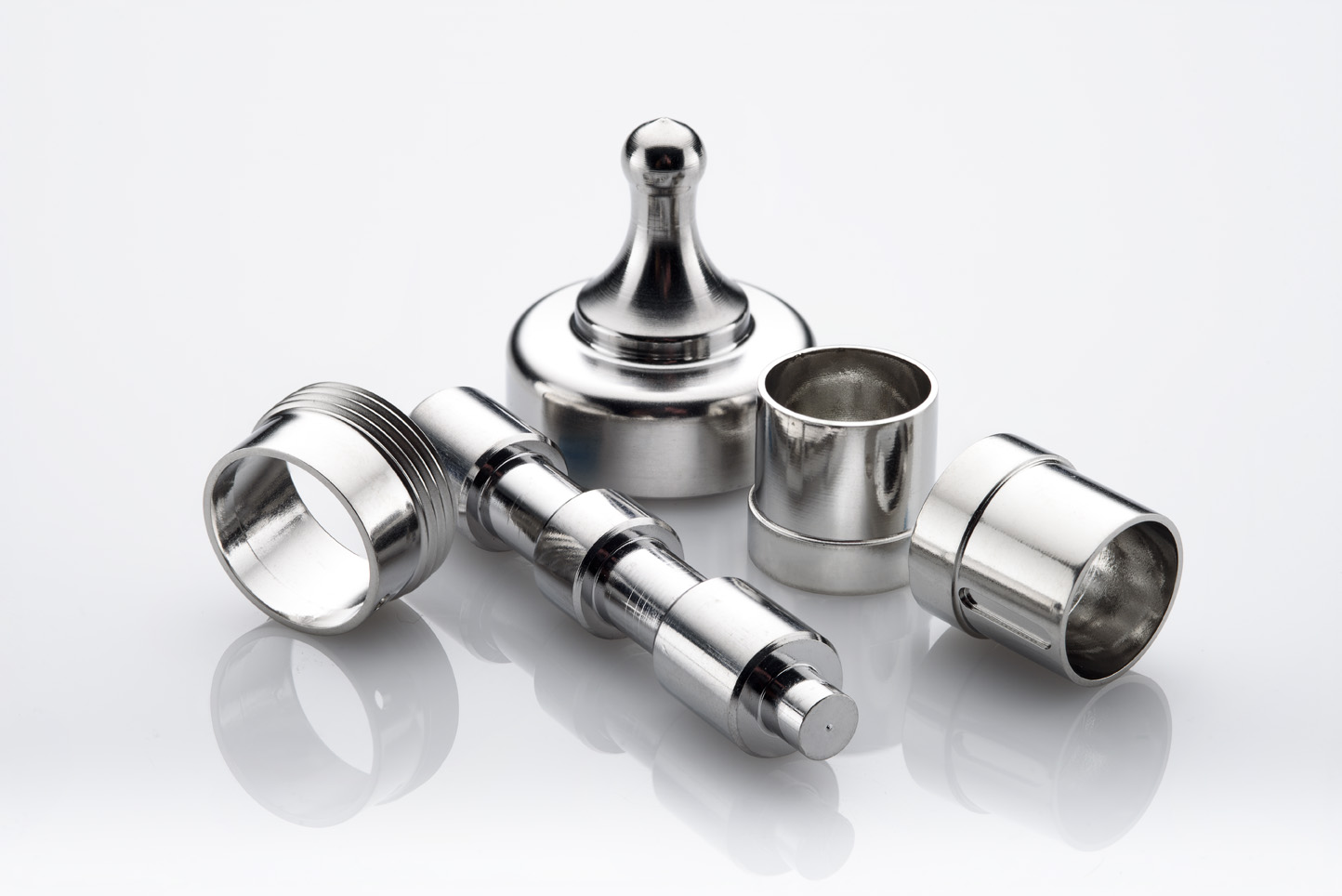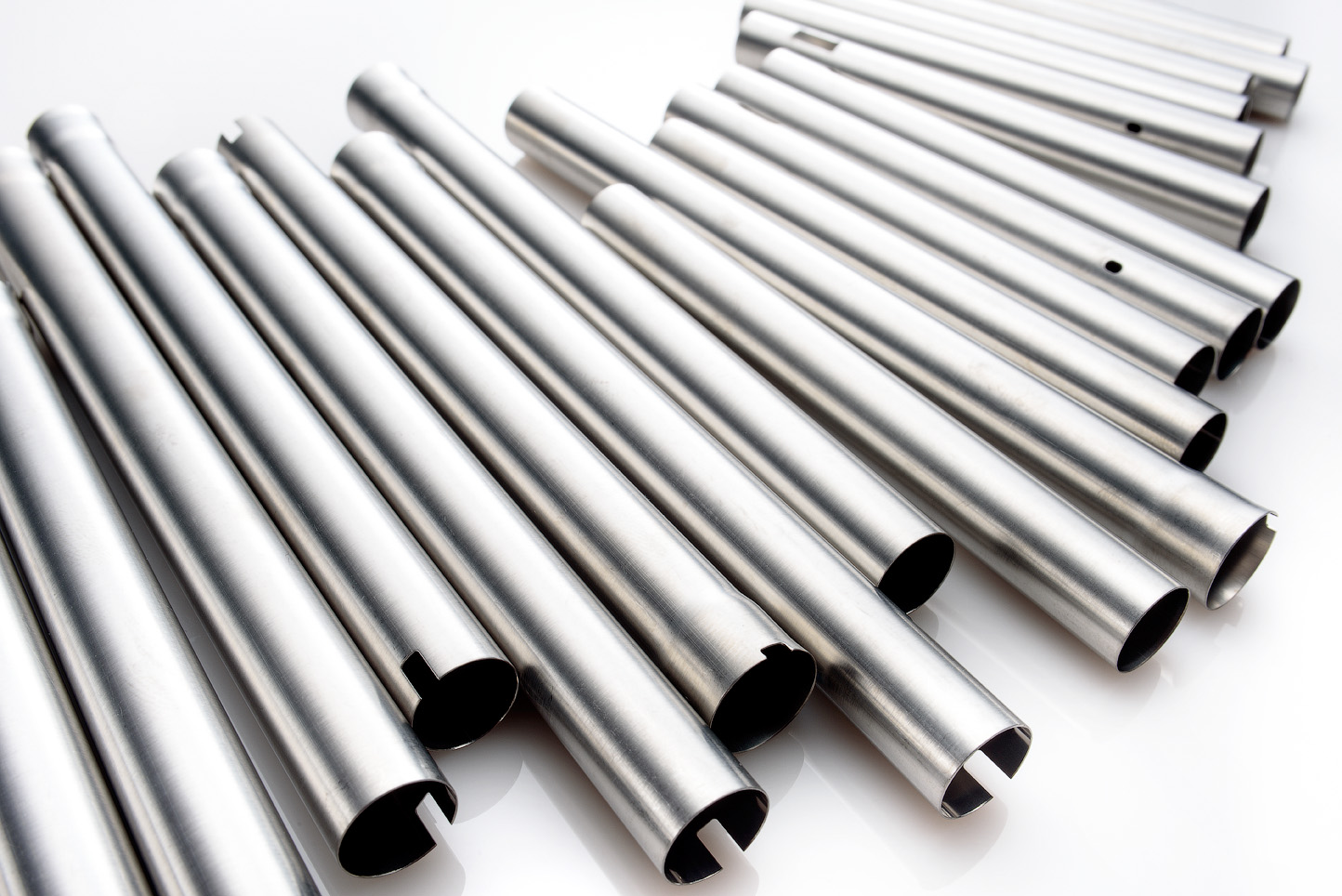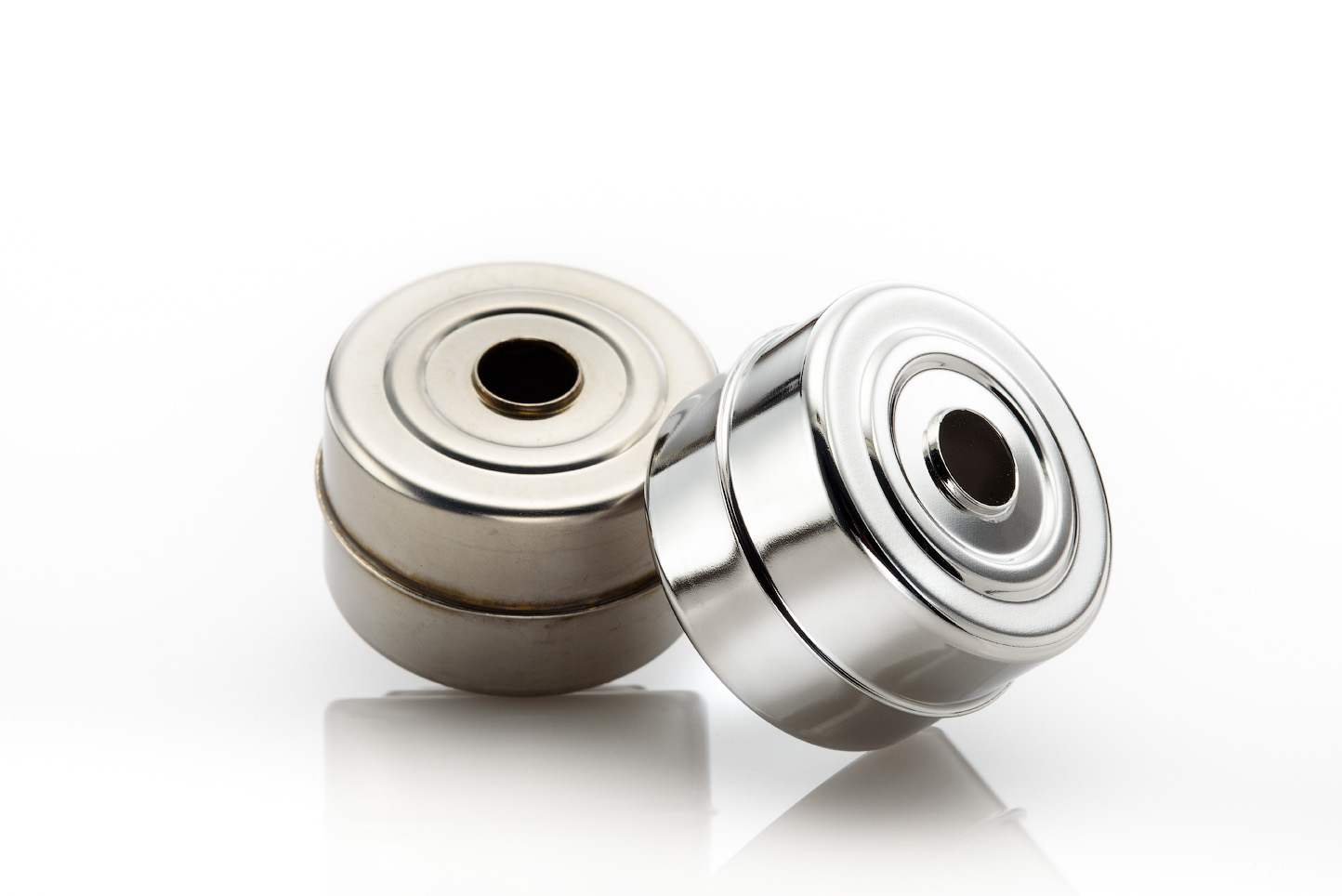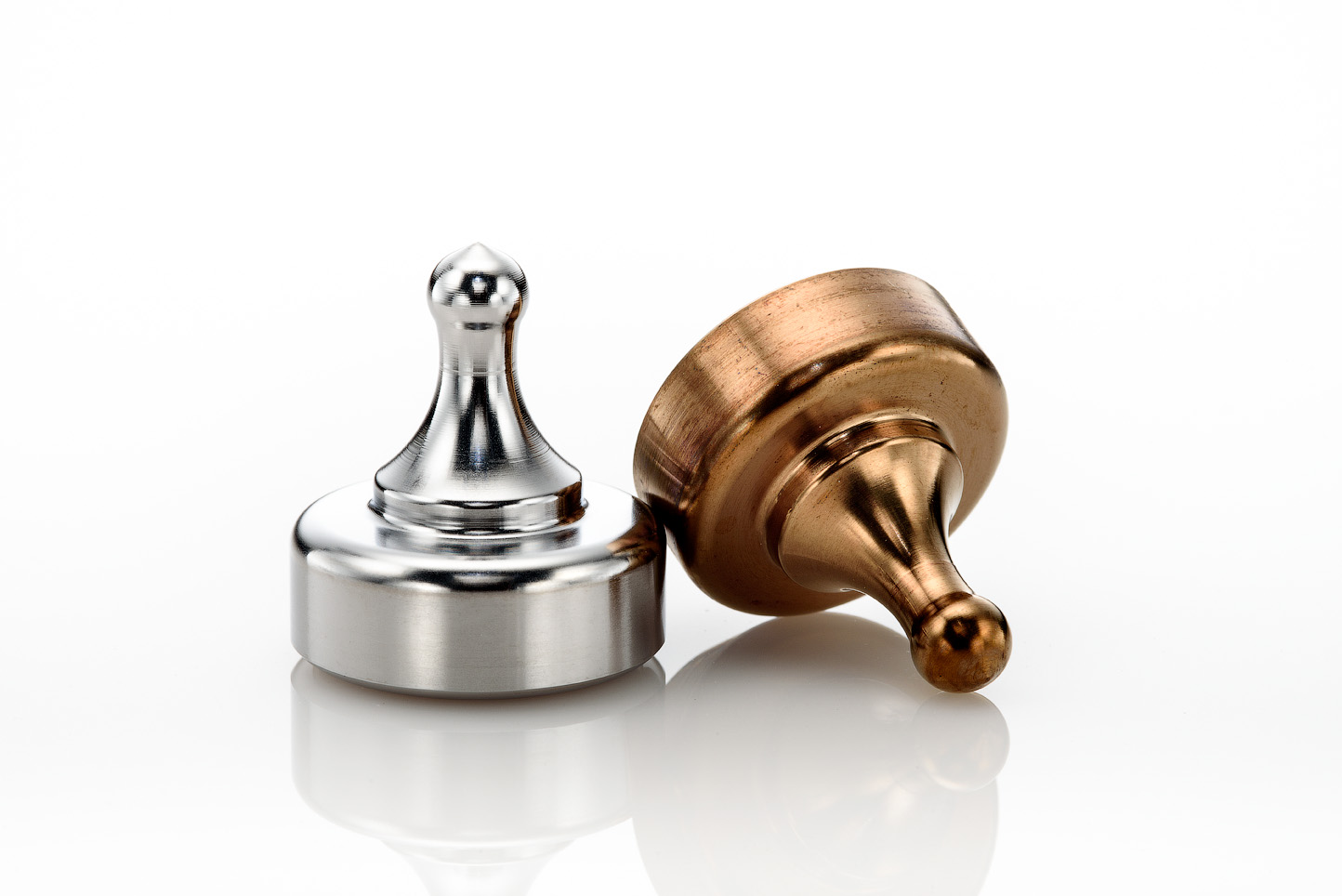Why Process Validations Matter in Electropolishing
Why Process Validations Matter in Electropolishing
Meeting Performance Requirements for Medical Devices
When you are a finisher of medical devices, it is imperative to deliver goods of exacting, repeatable quality every time.
To minimize patient risk, the FDA and ISO 13485 require original equipment manufacturers (OEMs) to validate their product designs and manufacturing processes before any medical device can reach the market. ISO 13485-certified secondary-service providers to the medical industry, such as metal finishers, are also required to adhere to this rigorous validation requirement.
Design and process validations demonstrate that a medical device and all associated manufacturing and testing processes are capable of consistently producing product that will meet all customer and regulatory requirements and perform consistently, safely, and with efficacy.
How NEE Validates our Electropolishing Process
NEE maintains a Validated Process Line Register and each validation performed follows a documented procedure to ensure all key process steps are evaluated, and the appropriate objective evidence of conformance is collected and reviewed.
NEE’s process-line-specific validations remain valid until there is a change—i.e., in equipment, process flow, or a new application outside original validation scope is introduced.
NEE does not make a lot of changes, but if we do, a documented change management procedure is followed. The risk of any proposed change to Manpower, Material, Methods, Measurements, Machines, or Environment is evaluated to ensure there will be no negative impact to finished products/services, including medical device safety and performance.
An approved implementation plan, including defined validation/revalidation requirements, is required prior to any changes being made. Records of changes are maintained and include, as applicable: risk assessments, stakeholder change review and approvals, and verification/validation/effectiveness data.
IQ/OQ/PQ Validation Approach
There are three distinct phases involved with validating our electropolishing processes.
- Installation Qualification (IQ)
- Operational Qualification (OQ)
- Performance Qualification (PQ)
Installation Qualification. This validation phase confirms that all process control and support equipment has been properly installed, is operating correctly, and capable of meeting all requirements of the following electropolishing standards: ASTM B912-02 and ASTM A967/A967M-17. To ensure validated processes will not experience any unexpected downtime, the implementation and effectiveness of preventive maintenance and spares planning, environmental and safety controls, and process monitoring are also evaluated.
Operational Qualification. In this phase, processing parameter boundaries are defined. A series of tests with established acceptance criteria are conducted to verify that the process is capable of producing fully conforming product at nominal, as well as defined “worst case” processing conditions.
Performance Qualification. This phase involves the testing of multiple lots of customer product at standard processing parameters. This activity is designed to verify that a given process is repeatable and resulting outputs consistently conform to established acceptance criteria.
NEE Quality Management Oversight
NEE’s multi-phase validation approach and comprehensive IQ/OQ/PQ reports provide our customers with good insight into our quality management system; a mini audit, of sorts. The organizational aspects surveyed during the validation process provide objective evidence that NEE’s success is the result of having competent, trained people, well managed processes, and robust process monitoring and PM programs. Our organization understands that process IQ/OQ/PQ validation is a critical way of demonstrating our efficiency and our non-medical customers reap these benefits.
Whether our customers require their product to be run on a validated line or not, NEE does not have to re-invent the wheel when new products come in. Another benefit of having such well-developed processes is that we are aware of our limitations. Therefore, if a new job is outside the “sweet spot” of our process, we are candid with our customer and let them know early in the process. Being able to have realistic discussions when something might be outside of our capabilities helps us all to avoid a bad project fit.
At New England Electropolishing, we have highly controlled processes in place that ensure material removal is precise and repeatable every time. Find out how NEE can help you with your electropolishing and passivation needs.
We’ll provide you with our expert analysis, a quote—even a free sample. Contact us now to get a free sample and explore your possibilities!
Electropolishing Resources
What is Electropolishing?
Electropolishing is an electrochemical and reverse plating process that removes the outer layer of skin on a metal...
The Electropolishing Process
The electropolishing process is initiated by immersing a metal part into a temperature-controlled bath of electrolyte...
How Much Material Does Electropolishing Remove?
Electropolishing, when done properly is a highly controllable process which removes as little as...
How Much Will Electropolishing Improve the Surface of my Part?
Ra and RMS are both representations of surface roughness. Ra is calculated as the roughness average of a surface’s...
What is ASTM B912?
ASTM B912 is an industry standard for the passivation of stainless steel alloys through electropolishing...
What is ASTM A967
ASTM A967 is an industry standard specification for the chemical passivation treatments for stainless...
